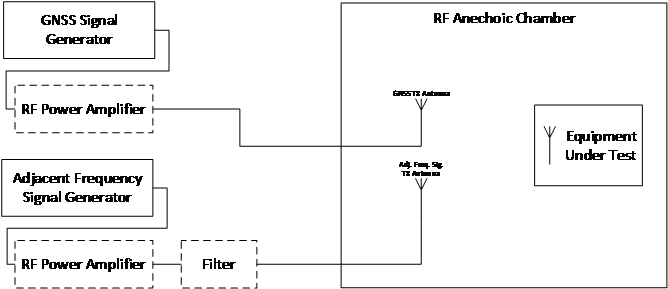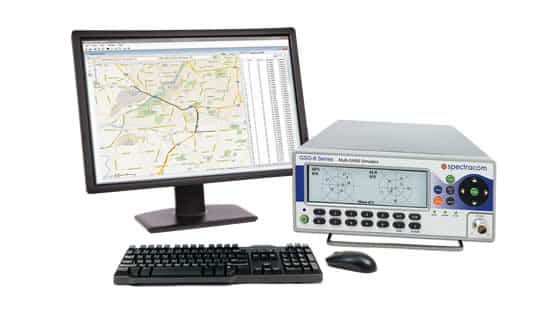GNSS equipment manufacturers and integrators: What is RED and how does it impact you?
The new directive includes several key criteria that can be used to determine whether its applicability to a piece of equipment. the following points are particularly relevant to GNSSGlobal navigation satellite system (GNSS): A general term describing any satellite constellation that provides positioning, navigation, and timing (PNT) services on a global or regional basis. See also receivers and equipment.
Does RED apply to your equipment?
- If it is placed on the market for sale in the EU
- If it intentionally transmits or receives radio waves for communications or radiodetermination, regardless of its primary function
- If it is radiodetermination equipment: Equipment that uses the propagation qualities of radio waves to determine its position
- If it makes efficient and effective use of the spectrum. Radio equipment needs to demonstrate the performance of its receiver part, as well as its transmitter, as both are considered to affect the efficient and effective use of the spectrum
Given these key points, it is clear that GNSS receivers and equipment now fall under the RED, even if positioning, navigation, or timing are not their primary function. So where do you go from here? How do you test your equipment?
Article 3.2 of the directive states, “Radio equipment shall be so constructed that it both effectively uses and supports the efficient use of radio spectrum in order to avoid harmful interference.” It is this article that GNSS receivers must comply with. Harmonised Standard covering the essential requirements of article 3.2 of Directive 2014/53/EU is the standard that all GNSS receivers must comply with. This includes:
- Harmonised Standard EN 303 413, Satellite Earth Stations and Systems (SES)
- Global Navigation Satellite System (GNSS) receivers
- Radio equipment operating in the 1 164 MHz to 1 300 MHz and 1 559 MHz to 1 610 MHz frequency bands
Other harmonised standards may also apply to equipment that includes a GNSS receiver. Users are directed to test the most appropriate harmonised standard for the type of equipment they are testing. This standard includes adjacent band compatibility testing and spurious emissions testing.
The requirements for the adjacent frequency band selectivity test (Section 4.2.1) show that a receiver must be tested for each constellation (BeiDou, Galileo, GLONASS, GPSGlobal Positioning System is a navigation satellite system. See also, SBAS) and frequency band that the receiver is capable of.
This testing can be performed in a conducted mode or radiated mode (in an anechoic chamber) using a GNSS signal generator and an adjacent frequency signal generator.
- Conducted Setup

- Radiated Setup

GNSS signals and adjacent frequency signals are applied to the equipment being tested and the C/No level of the GNSS signal is monitored. If the C/No is degraded by 1dB or more, the device does not comply and it fails the test. If the C/No is not degraded or degraded by less that 1dB, the device passes the test.
If you have questions about the requirements of the RED for GNSS receivers or need help with GNSS signal generators, complete test systems or control software to make compliance or pre-compliance testing, please get in touch with a Spectracom engineering expert.


